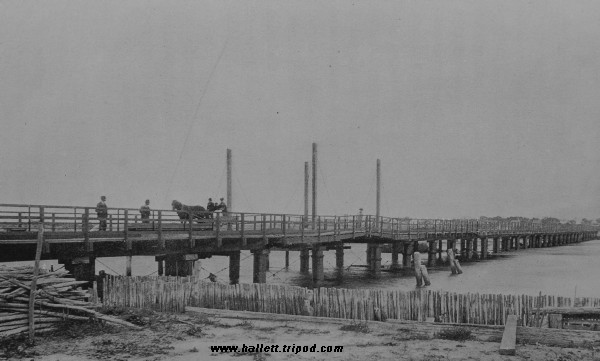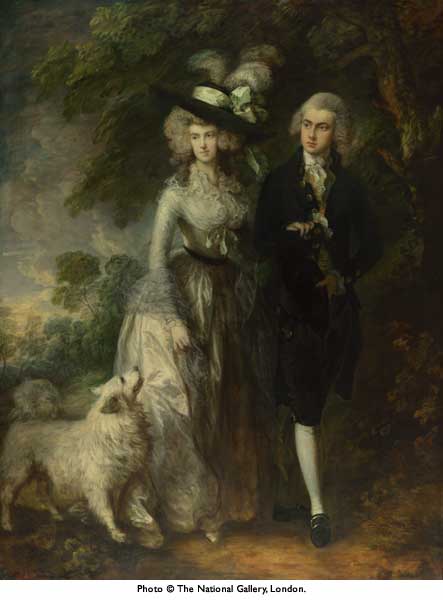|
Andrew Hallett II was born in
1585 in Symondsbury, Dorsetshire, England and died in ____ in Yarmouth, Barnstable, Mass. Andrew was baptised May 19,1607
in Symondsbury, Dorsetshire, England, and sailed Mar 20,1635 from Weymouth, Dorsetshire, England to Massachusetts, America.
Andrew Hallett at age 28, is Listed as a servant to Richard Wade, on a list of persons bound from Weymouth to New England
dated March 20, 1635. This was the fifth voyage of the May-Flower . Andrew, obviously a man of good estate, came as an indentured
servant to Richard Wade. The reason he came as an indentured servant was a common practice in Dorset England. Andrew Hallett
Sr. wrote to some of his relatives congratulating himself on his cleverness in outsmarting the ship line. If he came as the
gentleman he was, he would have had to pay his own fare, as well as that of his wife and all six children. So he persuaded
a cooper, Richard Wade, age 60, to list him as an indentured servant in exchange for paying one-half of the fare for Richard
Wade. As a result, Andrew Hallett was able to transport his entire family to the colonies for only one-half one one fare,
rather than the eight fares he should have paid. Further information from this letter told that when they got off the boat
in the new land, Richard Wade began to give Andrew orders, to which he replied, "I am on free soil now; no one shall ever
again tell me what to do." And, according to records of people who knew him in America (including Gov. William Bradford, who
confirmed this story in some of his writings), 'no one ever did!
When Andrew came to Plymouth Colony in 1637 he was
a proprietor in Dorchester, Mass. In 1638 he moved to Sandwich, Massachusetts and afterwards to Yarmouth, Mass. His wife was
Mary Reeves. He brought his wife and several children to Lynn, Mass. in 1636, then to Plymouth in 1637, and Sandwich in 1638.
Andrew Hallet was among the earliest of the first comers, but did not make his permanent residence here until 1641. He was
styled a school master in Lychford's Plain Dealing.
In 1839 he bought off Dr. William Starr, for ten pounds, seventeen
acres of land and twelve acres of meadow, with the frame of a house to be made by William Chase, the house to be made and
set with a chimney, and to be thatched, studded and latched (daubing excepted), which Mr. Chase had agreed to do for the sum
of five pounds. The lot for this house was in the northwest part of Yarmouth and the northeast part of Barnstable, off of
the county road; the house was probably within the limits of Yarmouth. He was one of the largest proprietors in Yarmouth
in 1639 owning 200 acres, including the tidal and mill; most of his land was in what became Barnstable.
He was taxed in Bowood, Dorset England in 1640 on a subsidy. Not many of the New England immigrants are found on these subsidies,
as only a few of them were freeholders. The subsidies were a special tax which Parliament permitted the king to
levy on landowners who had sufficient personal property to make collection of taxes cost-effective.
At his death, Andrew left a cow to Yarmouth for the use of the poor. His siblings were better educated than he;
but, notwithstanding, Andrew was the most respectable and succeeded best in life.
Andrew II And Mary’s children were Samuel Hallett, Hannah Hallett, Josiah Hallett and Andrew Hallett Jr. (who
is the next descendant in my blood line.)

|
| Old Bass River Bridge in Yarmouth Massachusetts |
|
